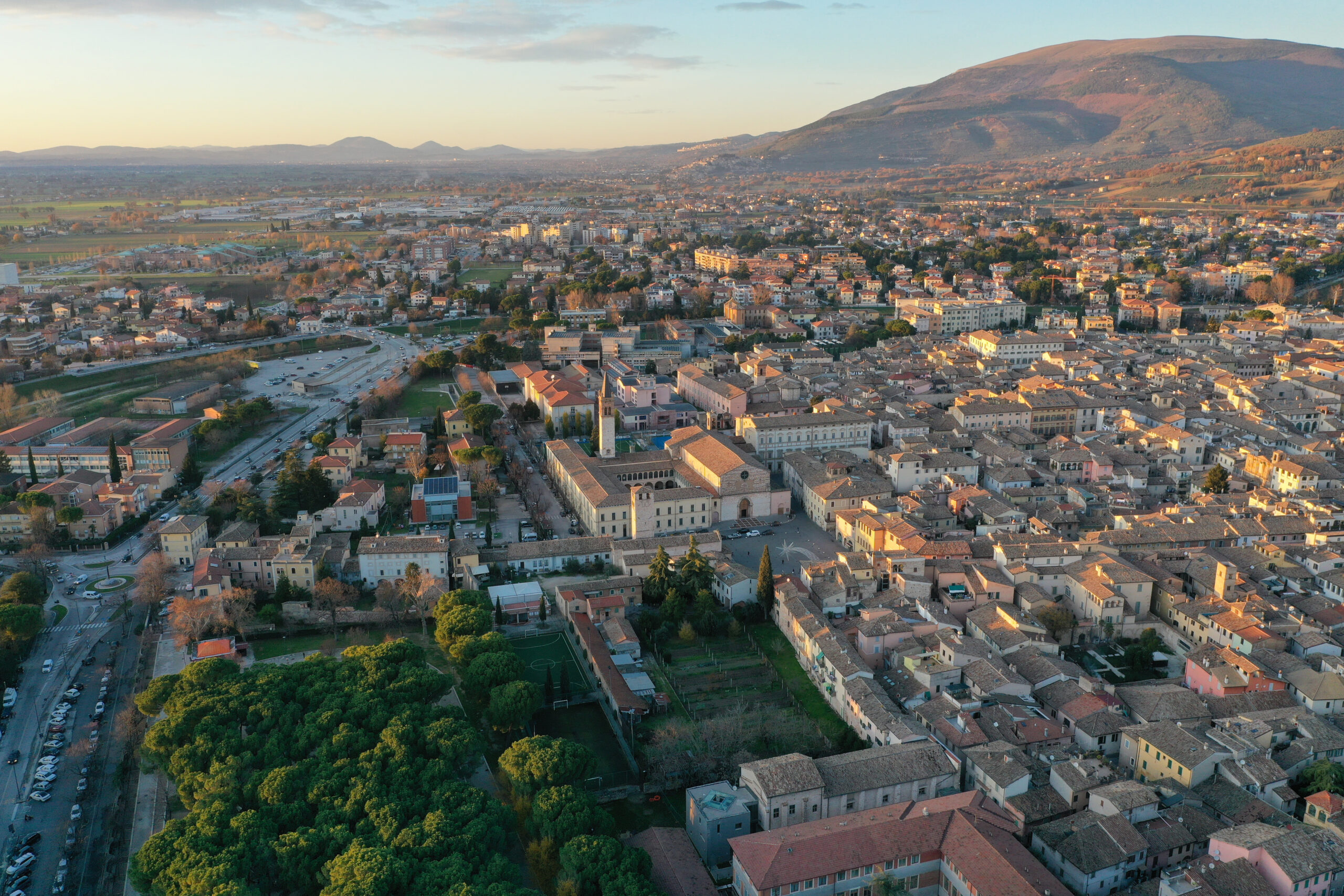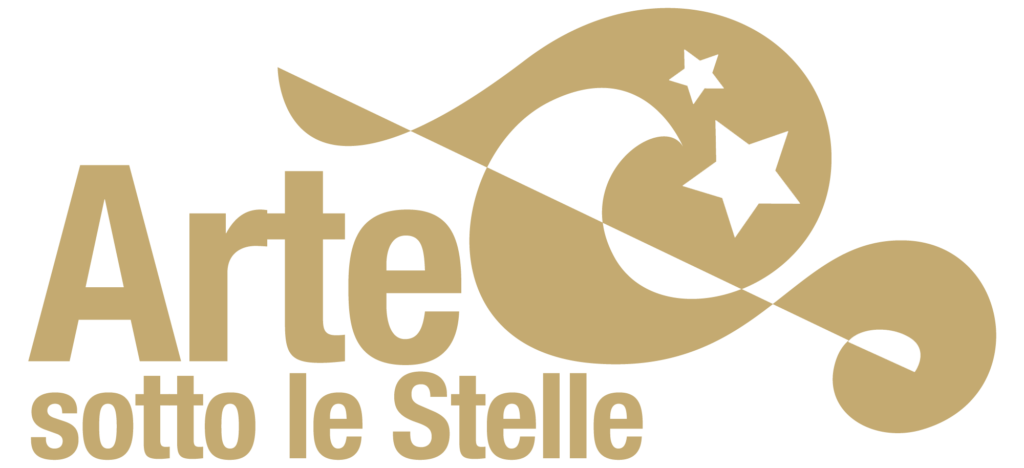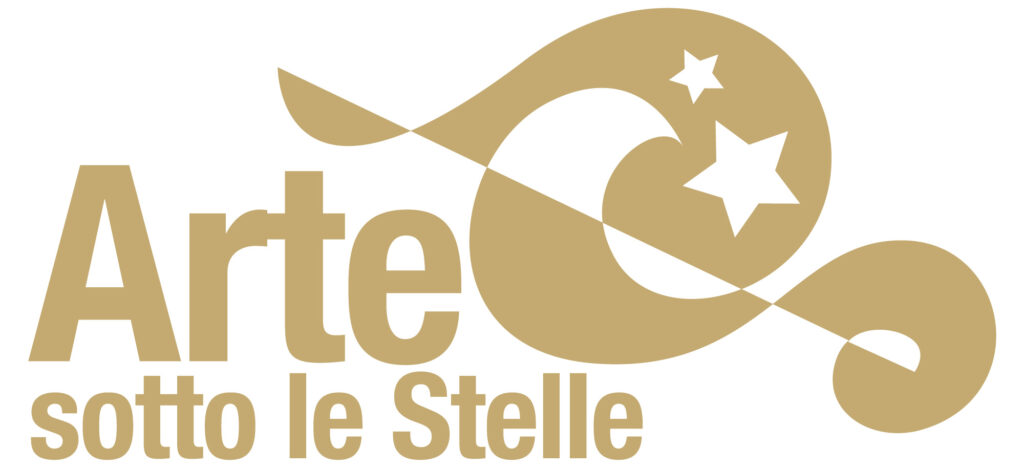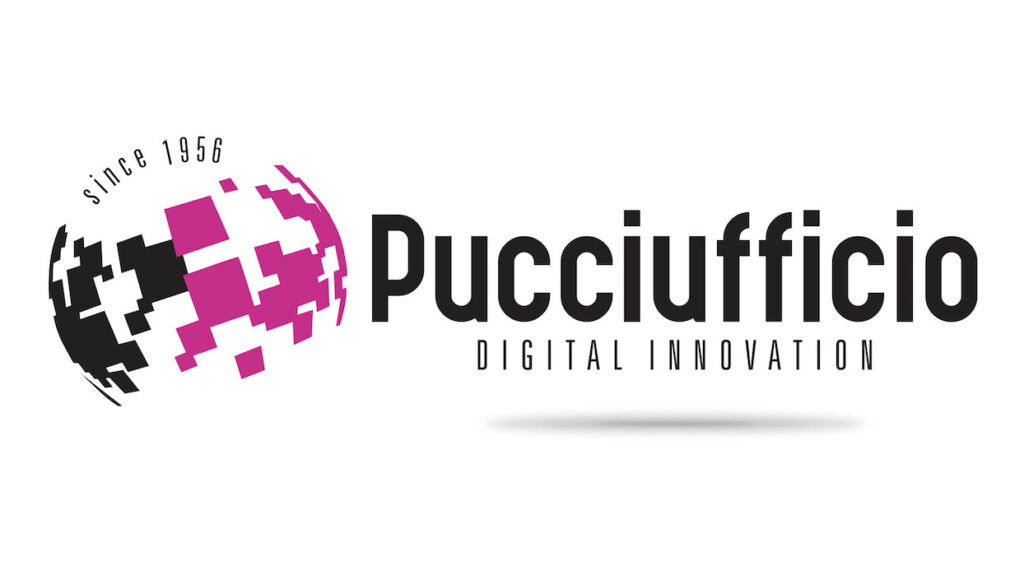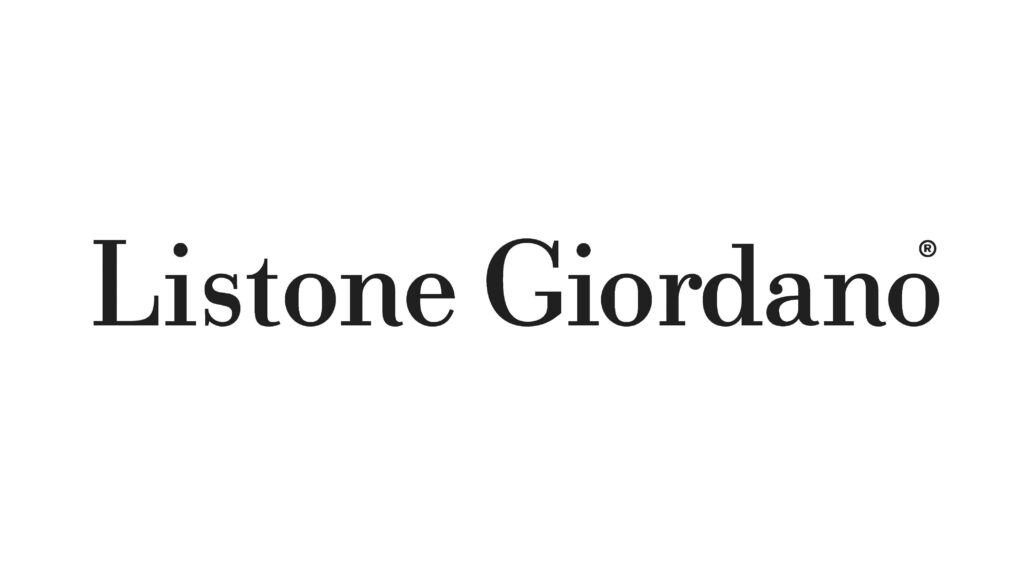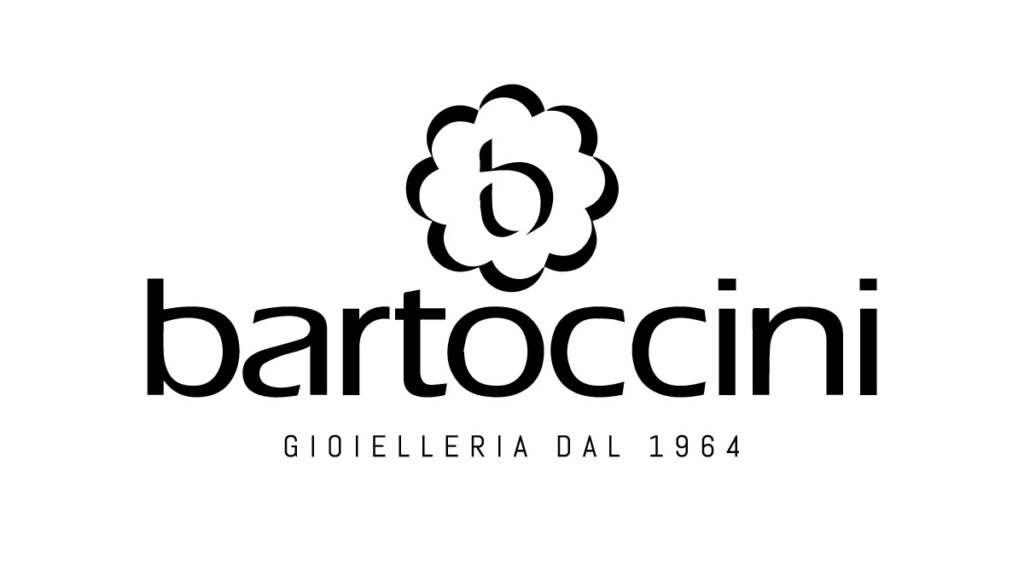Foligno
The river Topino flows near the walls on the north side, while its internal branch crosses the city in some of its most characteristic corners, where ancient factories were once active. Inside the city walls, the most remarkable monuments overlook the city squares.
One of the most significant monuments, now musealized, is Palazzo Trinci, built in late Gothic style and inhabited during the fifteenth century by one of the most influential families of Umbria, the Trinci, who surrounded themselves with artists of great fame at the time, including Gentile da Fabriano.
As evidenced by inscriptions and religious traditions, the territory of Foligno was originally inhabited by Umbrian populations, while in other parts of the region the Etruscans settled. With the creation of the Via Flaminia, the place was dominated by the Romans: the etymology of the name Foligno could be linked to the existence of the cult of the Latin goddess Fulginia. The area occupied by the Roman city had to be located north of the current center, as evidenced by the finds of necropolis and domus.
Included in the Duchy of Spoleto, Foligno then suffered the barbarian raids and was probably abandoned, with a new settlement of the population on the Hill of San Valentino, east of the city, where there used to be a settlement (now no longer existing). Many remains found in the old Fulginia recalls the Roman era, but also the pre-Roman one, with of buildings and tombs: the domus owned by De Gregori, in Via Costantíni, in Via Liverani and at the Ponte d’Antimo, an archeological area near the railway station, remains of an amphitheatre and an aqueduct, all findings attesting the greater development of the center of Fulginia during the early imperial age.
The name of the hill was accompanied throughout the Middle Ages by the name of Civitavecchia, perhaps to distinguish the old town from the new one built behind the river Topino, on the tomb of the martyr Feliciano.
San Feliciano is the ancient patron of the city: the Castrum was built around his tomb, constituting the first nucleus of modern Foligno. In the twelfth century, the Municipality was born.
Drawed up with Ghibellines, Foligno underwent a hard siege by Perugia in 1253. In 1264, the Ghibellines, led by A. Anastasi, prevailed again and gained the city back. From 1305 to 1439 the Trinci established in the city their power as papal vicars;
however, the deal with the Papacy was broken, and pope Eugene IV ordered Cardinal Giovanni Vitelleschi to besiege Foligno in 1439, then established a papal government. From 1798 to 1799 and from 1809 to 1814, the city was under French rule.
Foligno participated in the Risorgimento movement. During World War II, it was subjected to bombing and became an active center in the partisan struggle of liberation.
